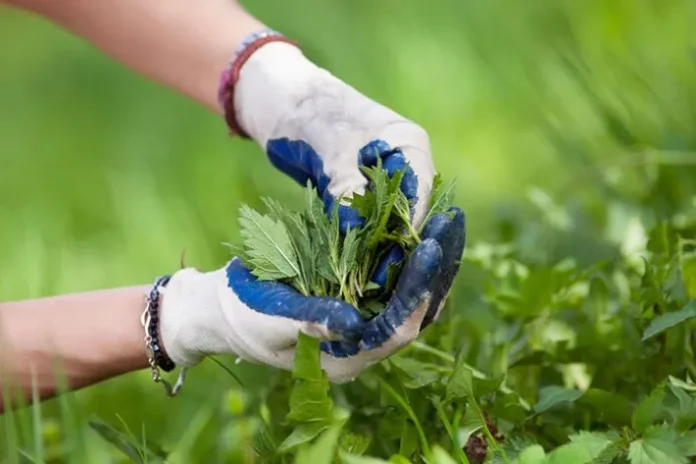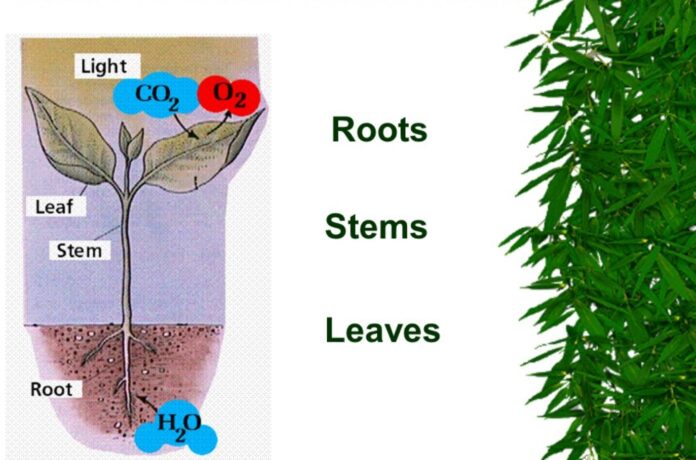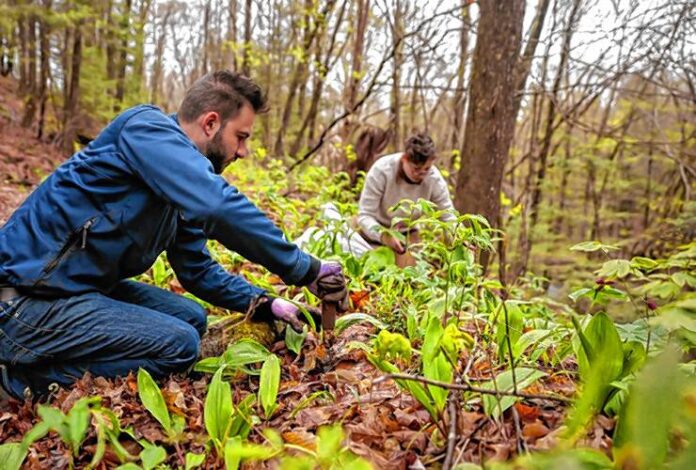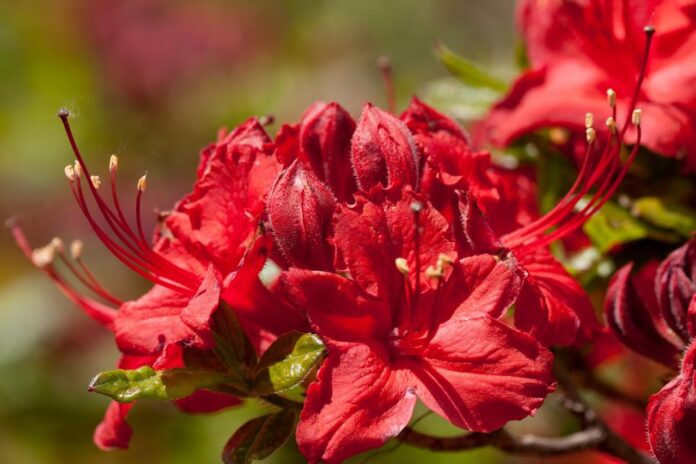Foraging, the age-old practice of gathering wild edible plants has seen a resurgence in recent years as people rediscover the benefits of connecting with nature and sourcing their food sustainably. Exploring the world of edible wild plants can be an exciting and rewarding adventure, but it is important to approach it with knowledge and caution. In this beginner’s guide, we will delve into the basics of foraging, equipping you with the essential information needed to embark on your own foraging journey.
Safety Precautions and Ethical Foraging Practices
Before setting foot in the wilderness, it is crucial to understand the importance of safety and ethics in foraging. Always prioritize your safety by wearing appropriate clothing, using protective gear, and being aware of potential hazards such as poisonous plants or dangerous wildlife. Stay safe and go out on exciting foraging trips with Forage SF, they can teach you the best tools to bring, and the beginner’s step-by-step guide to determine plant edibility.
Additionally, practicing ethical foraging ensures the sustainability of wild plant populations. Remember to harvest flora responsibly, leaving enough for their continued growth and reproduction, and be mindful of the ecosystems you are exploring.

Essential Tools and Equipment
While you can start with just your hands, a few basic tools can make the process more efficient. Essential tools include a sturdy knife for harvesting, a pair of pruning shears for tougher stems, a field guide or smartphone app for plant identification, a basket or bag for carrying your harvest, and gloves to protect your hands. Having these tools readily available will enable you to identify and collect plants more effectively.
Identifying Edible Wild Plants: Common Species to Look for
One of the most crucial skills for any forager is the ability to identify edible wild vegetation accurately. Start by familiarizing yourself with a few common and easily recognizable species in your area. Plants such as dandelions, stinging nettles, wild garlic, and plantain are often found in various regions and have distinct characteristics that make them easily identifiable. A comprehensive field guide specific to your location or a reputable smartphone app can serve as valuable resources for plant identification.
Understanding Plant Parts: Leaves, Flowers, Stems, and Roots
To expand your foraging repertoire, it is essential to understand different plant parts and their edibility. Leaves are often the most accessible part and can be harvested for various uses, such as salads or teas. Flowers can be edible as well, adding flavors and colors to your dishes. Some plants offer edible stems, such as asparagus, while others provide nutritious roots, like dandelion or burdock. Learning about these different plant parts and their culinary uses will broaden your foraging possibilities.

Finding Edible Vegetation Throughout the Year
Foraging is a dynamic activity that changes with the seasons. Understanding the seasonal availability of edible plants in your area is key to a successful foraging experience. Early spring may offer an abundance of tender greens, while summer brings forth a variety of fruits and berries. Autumn is often the time for mushrooms, nuts, and seeds, and winter may reveal edible barks and roots. By recognizing seasonal patterns, you can plan your outings accordingly and optimize your harvests.
Locating Ideal Spots: Forests, Meadows, and Urban Areas
Finding the right foraging spots can greatly impact your success as a forager. Forests, meadows, and coastal areas are excellent places to explore, as they tend to harbor a rich diversity of wild edible plants. Parks and nature reserves can also offer rewarding foraging opportunities, but always be mindful of any regulations or restrictions. Even urban environments have surprising pockets of edible plants, such as city parks, abandoned lots, or community gardens. Just be sure to avoid areas that may have been exposed to pollutants.
Regulations and Permissions: Knowing the Legalities
Before venturing out to forage, familiarize yourself with local regulations and permissions. Some areas may have restrictions on foraging, particularly in protected habitats or private lands. Research the specific laws and guidelines applicable to your region to ensure that you are foraging within legal boundaries. If needed, obtain any necessary permits or seek permission from landowners. By respecting the rules and regulations, you can forage responsibly and avoid any potential legal issues.

Foraging Techniques: Harvesting and Preserving
Once you have identified edible plants and found suitable foraging spots, it’s time to learn proper harvesting and preservation techniques. When harvesting, remember to only take what you need and leave enough for growth and regeneration. Use your knife or shears to cut stems cleanly, and handle delicate plants with care. After harvesting, ensure proper cleaning and storage to maintain freshness and maximize shelf life. Drying, freezing, or preserving foraged plants in various forms such as jams, pickles, or tinctures allows you to enjoy their flavors throughout the year.
Preparing and Cooking Foraged Foods: Recipes and Tips
The true joy of foraging lies in transforming your harvest into delectable dishes. Experimenting with recipes using wild flora can unlock a world of culinary possibilities. Incorporate foraged greens into salads, soups, or sautés, infuse flavors with wild herbs in dressings and marinades, or bake delicious treats using foraged fruits or nuts. Remember to properly wash and prepare foraged foods, especially when trying them for the first time. As with any new ingredient, start with small quantities to gauge your tolerance and reaction.
Poisonous Plants to Avoid: Recognizing and Steering Clear of Danger
While foraging for edible plants, it is vital to be aware of poisonous counterparts that may grow in the same vicinity. Familiarize yourself with the poisonous plants in your area and learn to distinguish them from their edible counterparts. Pay close attention to any distinctive features, such as leaf shape, color, or arrangement. If you are unsure about a plant’s edibility, it is best to err on the side of caution and avoid consuming it. When in doubt, consult a local expert or reference reliable resources.

Conclusion
Foraging for edible wild plants can be a transformative experience, allowing you to connect with nature, diversify your diet, and practice sustainable living. By following safety precautions, understanding plant identification, and respecting ethical practices, you can enjoy the bounties of nature while preserving its delicate balance. With time, patience, and an adventurous spirit, you will unlock the wonders of foraging and embark on a lifelong journey of discovering the flavors and benefits of edible wild plants. Happy foraging!








